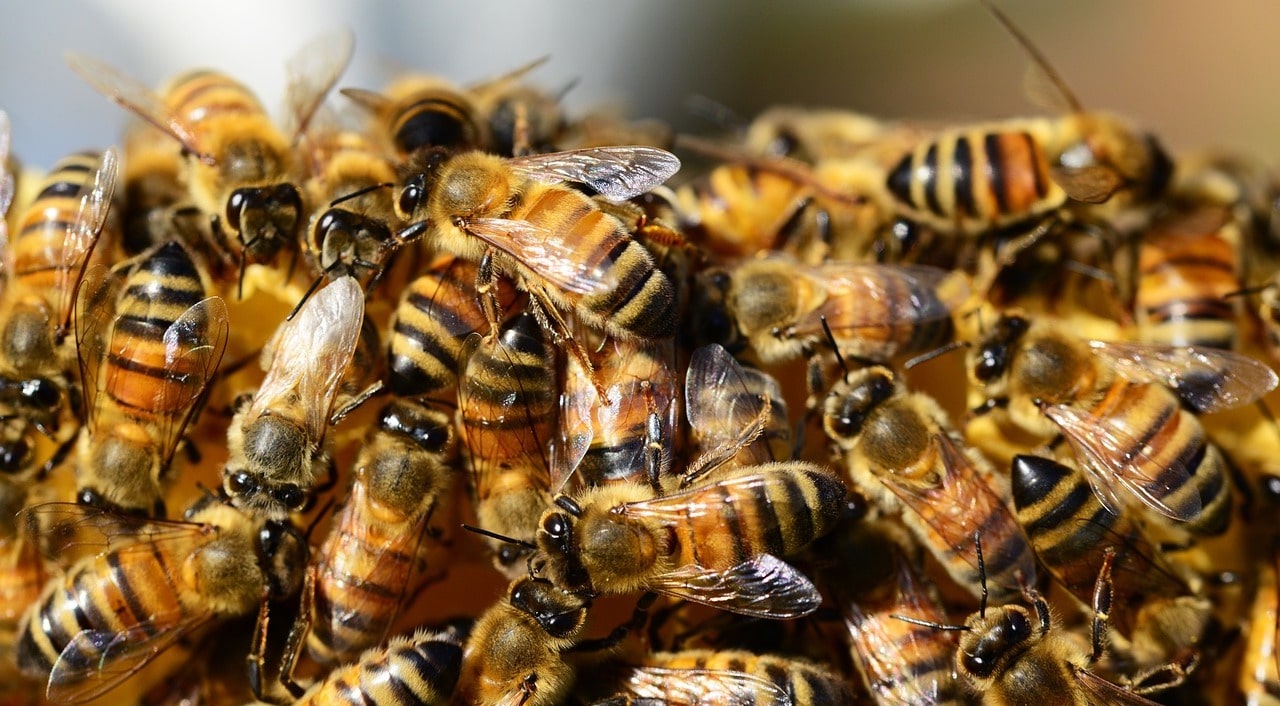Insect the executives is a basic part of keeping up with natural equilibrium and rural efficiency. Among the many difficulties confronted, controlling bee populations and managing invasive insect species stand apart because of their critical effects on biological systems and human activities, so Contrôle des insectes: extermination abeille et gestion des espèces invasives is here to assist you.
Bee Control: Balancing Protection and Management
Bees are imperative for pollinating harvests and wild plants, making them basic for horticulture and regular environments. In any case, when bee populations become excessively huge or forceful, they can present dangers to human wellbeing and security.
Effective bee control starts with grasping the bee species being referred to and their way of behaving. For non-forceful species, the attention ought to be on forestalling pointless damage. This incorporates executing non-deadly obstructions, for example, keeping a protected separation and utilizing regular anti-agents.

Managing Invasive Insect Species: Prevention and Control
Invasive insect species, for example, the Asian tiger mosquito or the emerald debris drill, present critical dangers to both regular and human frameworks. Their administration requires a diverse methodology, consolidating counteraction, observing, and control techniques.
Counteraction is the principal line of safeguard. Measures incorporate limiting the development of possibly swarmed materials and advancing practices that limit environmental conditions ideal for invasive species. For instance, wiping out standing water can assist with controlling mosquito populations, while legitimate removal of kindling can forestall the spread of wood-exhausting insects.
Observing is significant for early recognition of invasive species. This includes standard studies and the utilization of traps to distinguish pervasions before they become inescapable. Fast reaction groups can then execute designated control measures to effectively deal with the invasion.
Control techniques frequently incorporate a mix of synthetic, natural, and mechanical strategies. Organic control utilizes normal hunters or microorganisms to oversee populations of invasive insects. Mechanical techniques incorporate actual evacuation or boundaries to forestall the spread of invasive species.
Tending to bee control and invasive insects, the executives require a thorough methodology that offsets environmental wellbeing with functional arrangements. Contrôle des insectes: extermination abeille et gestion des espèces invasives, it is feasible to relieve the effects of these difficulties and advance better environments.

